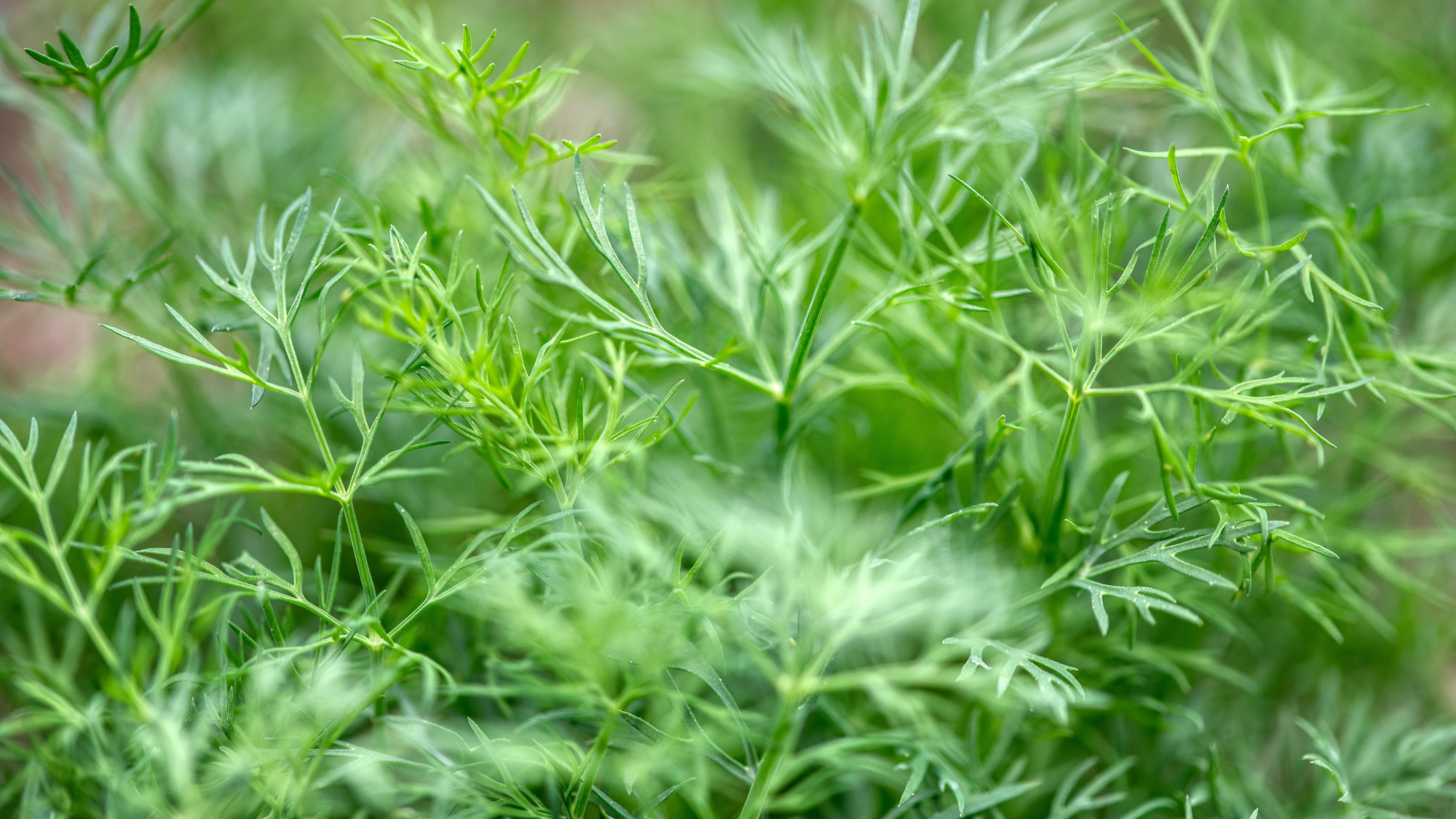The history of dill dates back to ancient times. The ancient Egyptians knew it as “ammisi,” while the Greeks and Romans called it “anethon.” It was thanks to Roman expeditions that dill reached north of the Alps. Interestingly, in 812, Charlemagne himself ordered its cultivation on his estates, aware of its culinary and medicinal significance.
Cultivation for Everyone
The good news for gardeners is that dill is relatively easy to grow. It requires a sunny and warm location, but otherwise, it can thrive even in poorer soil. Just be cautious of windy places, which do not suit this delicate herb. With proper care, dill will provide you with the first harvest just 6 weeks after sowing.
Versatile Use in the Kitchen
Dill is not only an excellent spice but also a vegetable. Practically the entire plant can be used in the kitchen – from the stems to the leaves and seeds. It is indispensable in the preparation of fish dishes, refreshes salads, and adds flavor to soups and sauces. Don’t forget to add it to the brine when pickling cucumbers or cabbage!

Medicinal Effects
However, dill is not just a culinary delight. For centuries, it has been valued for its medicinal properties. Dill tea helps with digestive issues and bloating. It supports the production of breast milk and gastric juices. Thanks to its content of vitamins and minerals, it strengthens the overall health of the organism.
Interesting Facts from History
Did you know that Roman gladiators used to rub dill on their hands and feet before a match to strengthen their muscles? This practice later spread among athletes. And if you suffer from insomnia or demons, dill might help here too – at least according to old superstitions.
Whether you grow it in your garden or buy it in the store, fragrant dill deserves a place in every household. Its versatile use and rich history make it a true treasure among herbs.





